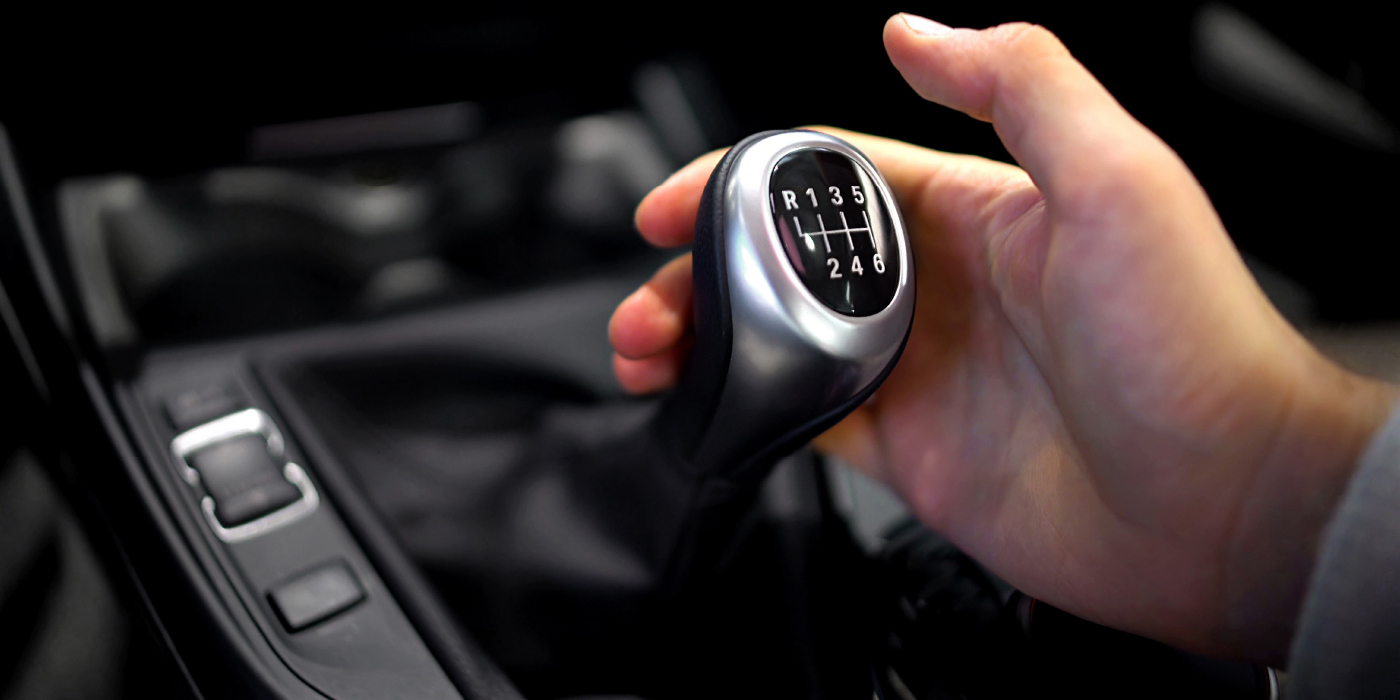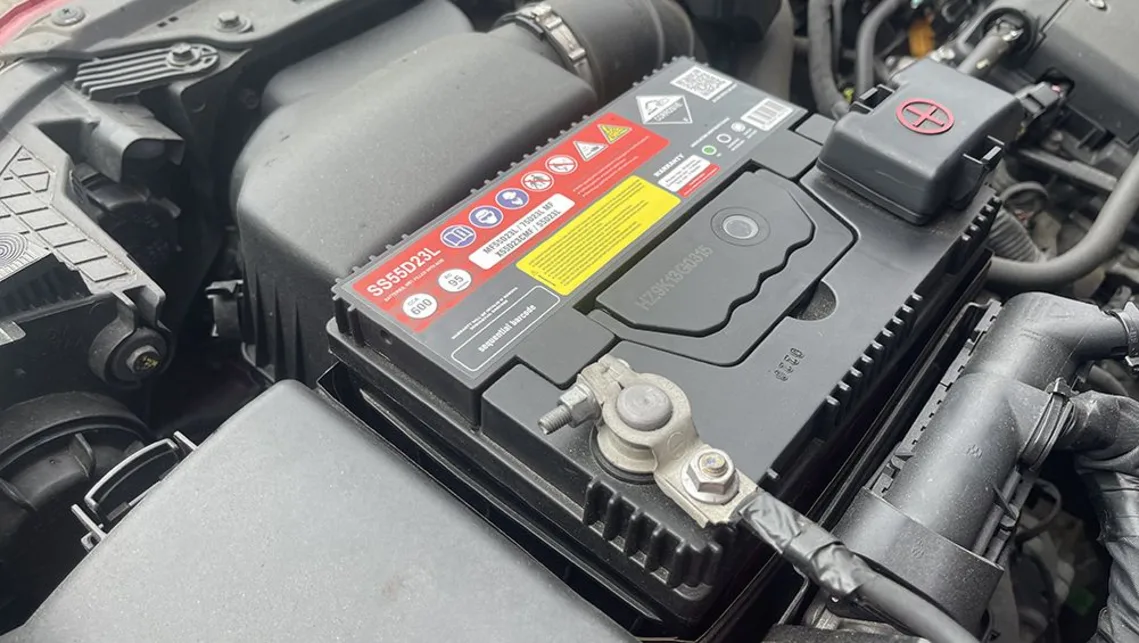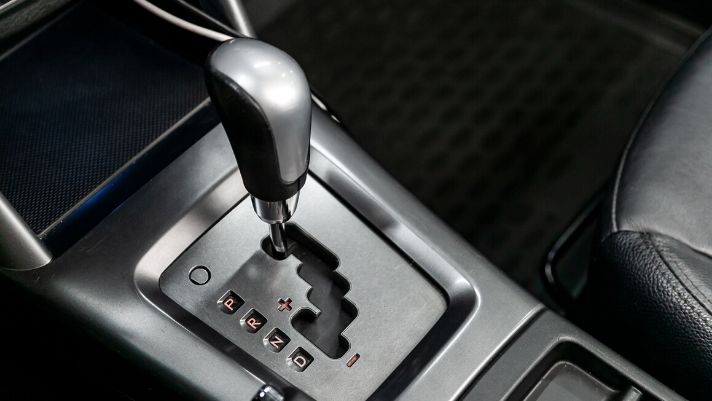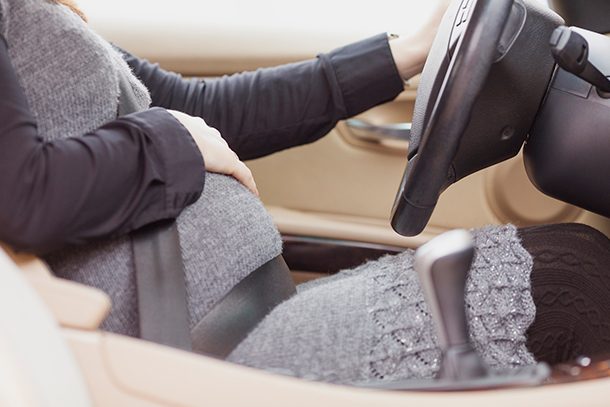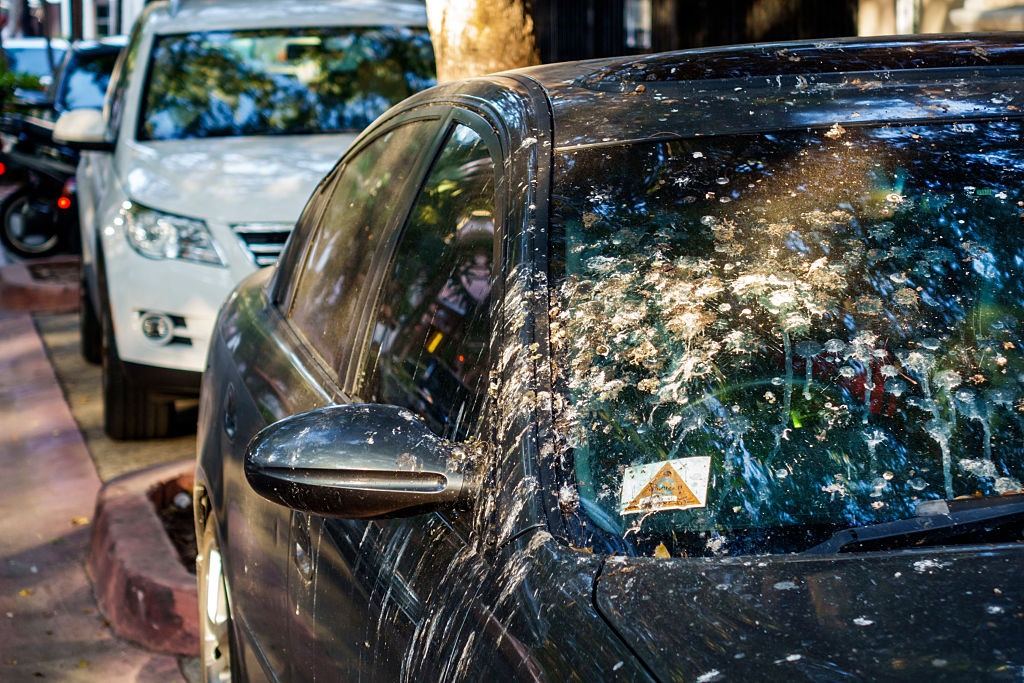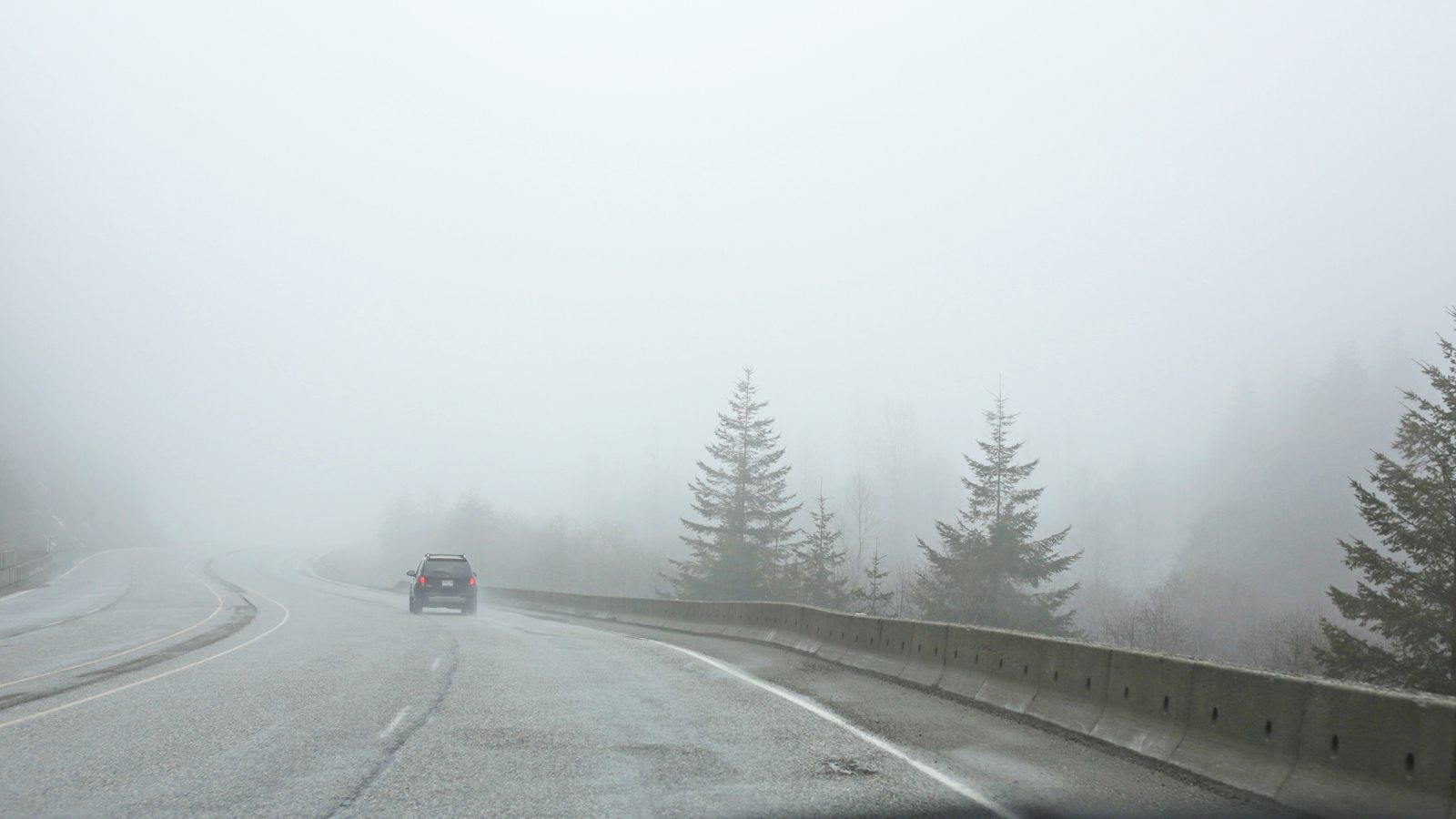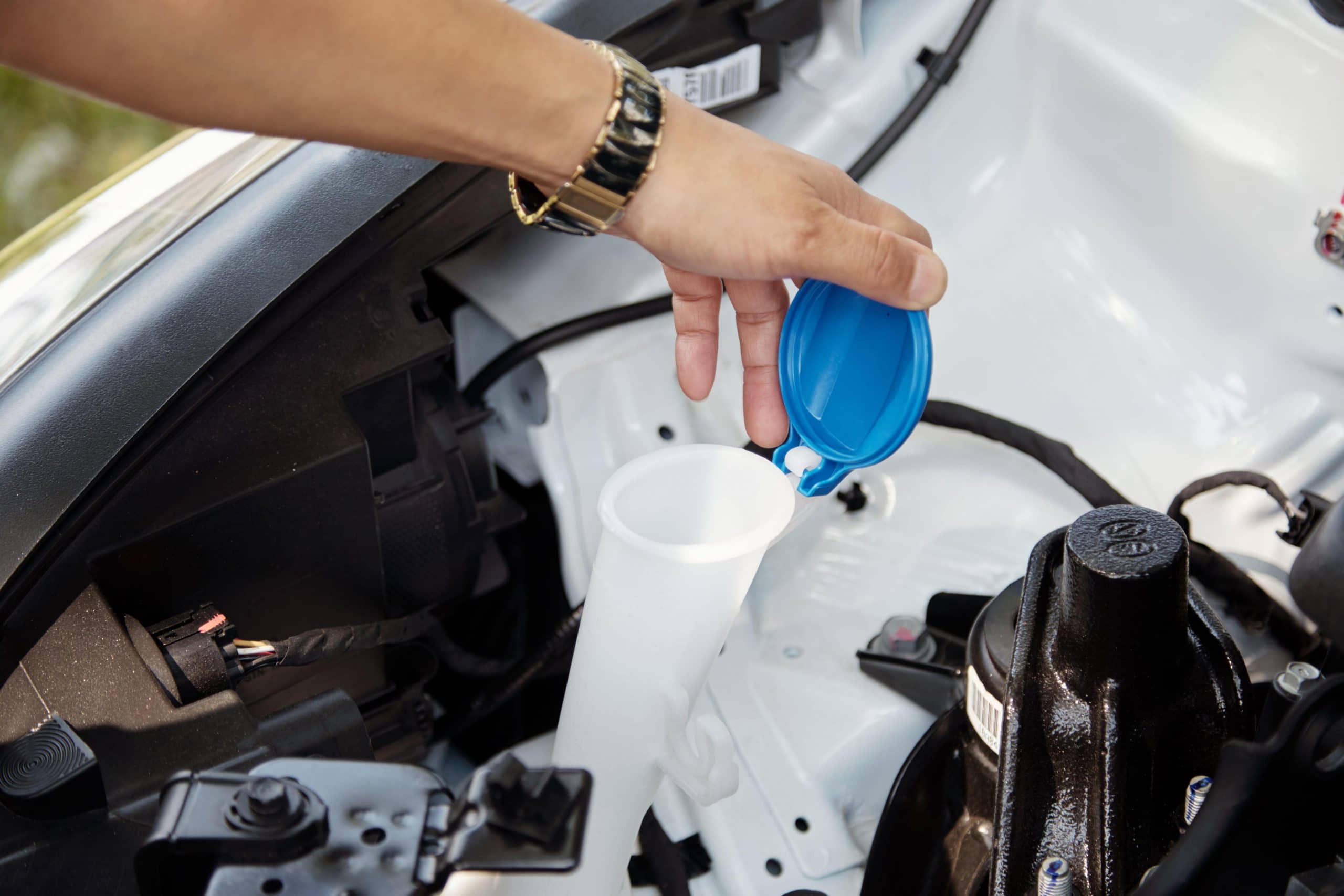While an auto transmission failure isn’t a death sentence for your car, it can definitely be a major repair. It usually means a lot of downtime and a huge bill. Your transmission is an amazing work or art. Ok, you might not want to mount it over your fireplace, but you have to admit that it is rather fascinating how all these gears and bearings and interestingly shaped parts are put together to create a system that actually propels your vehicle from Point A to Point B. Some people say that the transmission is the second most important part of the car, next to the engine. But, I respectfully disagree. It’s really a team effort – you can’t have one without the other. While, I guess you can, but they are rather useless independently. They are like the heart and the brain of your car. They work together. So, a problem with your transmission can affect the operation of the engine. And if you don’t fix it, you could have even bigger issues to deal with.
But, contrary to popular belief, an auto transmission failure doesn’t always have to be scary (are you breathing a sigh of relief now?) While it can be a costly adventure, in a lot of cases, the problem is actually quite minor. And, as with anything mechanical, if you catch the problem early enough, you may be able to avoid more serious issues. But, you can’t always count on mechanics to offer you the easy way out. After all, they are in the business to make money. So, when they see a woman walk through their doors, they get dollar signs in their eyes.
Transmissions are complex and complicated systems so fixing them usually requires a professional. But, that doesn’t mean that you have to accept whatever diagnosis you are handed. If in doubt, get a second opinion. Or, better yet, learn how to recognize the most common signs of auto transmission failure and how to rule out simple fixes before you authorize an expensive auto transmission repair. Replacing or rebuilding may be necessary, but it is important to check out other possibilities first. You never know, some basic knowledge could save you thousands of dollars.
Signs Of Auto Transmission Failure
- Slippage. This is when your motor is revving but your car isn’t responding. It’s similar to the way your vehicle would react if your tires were slipping on ice or stuck in the snow. You are pushing the gas pedal and you can hear the engine roaring, but you don’t seem to be getting anywhere. Slippage affects your transmission’s ability to propel the car forward and if it gets really bad, eventually you may not move at all.
- Leaks. Check under your car on a regular basis to make sure there aren’t any leaks. In most automatic transmissions the fluid is red, so if you notice a colored puddle on the ground, you should probably have your car checked out. In fact, if you notice any puddle at all (except for the ones made from your AC) you should investigate further.
- Smells. If your fluid level is low, your transmission can overheat. When your transmission or transmission fluid gets too hot, you may notice a burning odor. Check your fluid level and add if necessary. You may also want to find out why the level was low in the first place.
- Sounds. Knocking, whining, humming, buzzing, clunking, and grating can all be signs of transmission problems. These sounds can be a result of wear and tear, but they also can mean a low fluid level.
- Delayed Engagement/Lack of Response. Sometimes your transmission doesn’t want to do what you ask when you ask. Just like your kids, right? But, unlike your children, there are times when motherly negotiations (aka bribing) will not convince your vehicle to behave properly. There are varying degrees of delayed engagement, and sometimes we are in danger of letting things for too long.
- Rough Shifting. Again, your car should transition between gears smoothly. If you notice shaking, jarring, bumping, clunking, or abrupt/hard shifting, this may be a sign of transmission problems.
- Fluid Color. Transmission fluid is red, clear, and has a slightly sweet odor. Look at a sample of new, clean fluid so you know the correct color and smell. If the fluid in your vehicle is murky, dark, or dirty, this could be an indication of problems. Sometimes changing the oil or doing a transmission flush will fix the issue. In some cases, more serious repairs may be necessary.
- Check Engine Light. Sensors in your car can pick up small vibrations or other problems even before you notice them. The check engine light could be a warning of transmission problems, especially if you are also experiencing any of the above signs.

